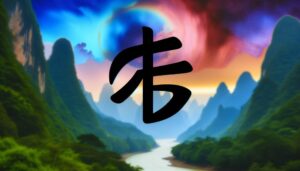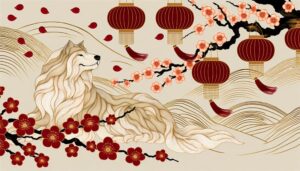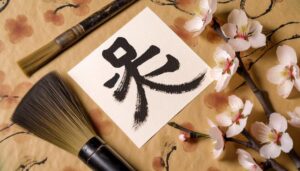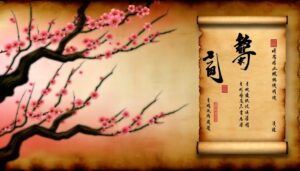Chinese Symbol for Best Friends Forever: What Is It?
The Chinese symbol for 'Best Friends Forever' is a profound representation steeped in historical and cultural significance. Originating during the Han Dynasty, these characters were inscribed with calligraphic elegance, conveying values such as loyalty, trust, and enduring companionship.
Each stroke in traditional Chinese calligraphy reflects strength and mutual respect, turning this symbol into a visual evidence to lasting bonds. In Chinese culture, these inscriptions are often integrated into art, underscoring the sacred nature of friendship.
Recognizing the symbol's roots in Confucian principles, it offers a deep insight into the cultural importance of personal integrity and social harmony. Explore more to understand its enduring legacy.
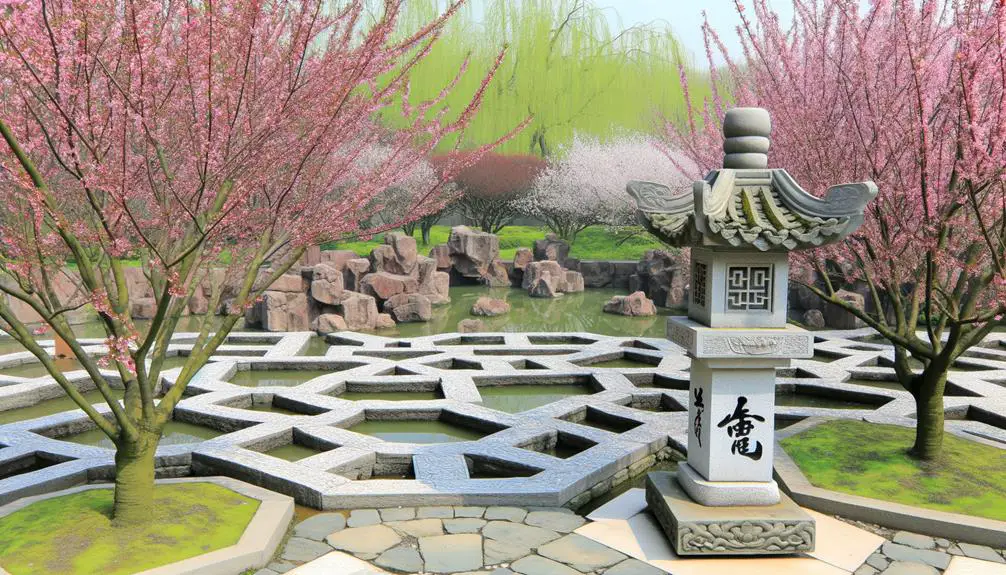
Key Takeaways
- The Chinese symbol for "best friends forever" can be rendered as "永远的朋友" (yǒng yuǎn de péng yǒu).
- "永远" (yǒng yuǎn) means "forever" and "朋友" (péng yǒu) means "friend" in Chinese.
- The calligraphy is often used in art to symbolize lifelong bonds and deep trust.
- Traditional Chinese calligraphy employs flowing lines to represent enduring connections and mutual respect.
- This symbol encapsulates cultural values of loyalty, emotional support, and enduring companionship.
Historical Context
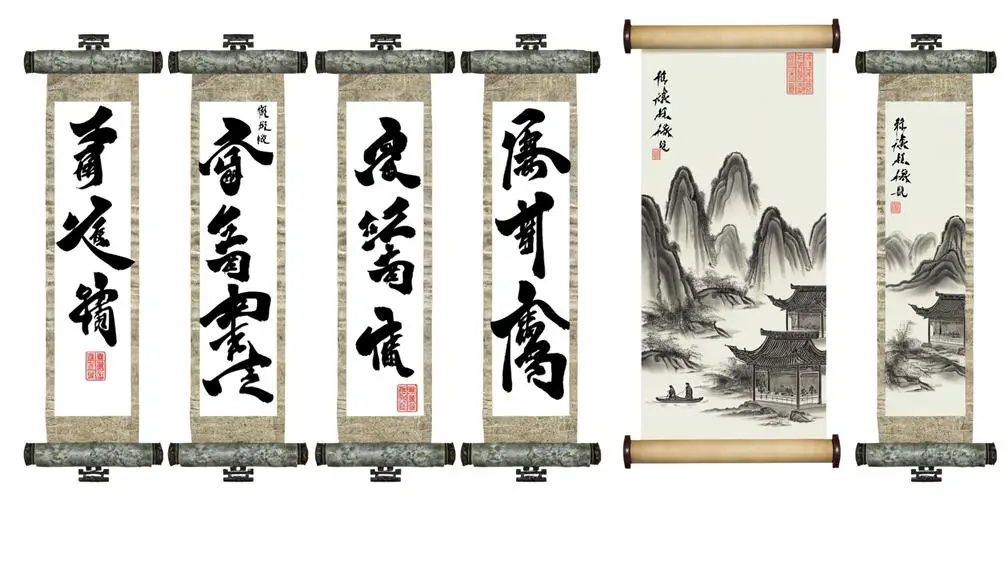
The historical context of the Chinese symbol for 'Best Friends Forever' is deeply rooted in the ancient traditions of Chinese calligraphy and the sociocultural values that emphasize lasting interpersonal bonds. Originating during the Han Dynasty (206 BCE–220 CE), Chinese scholars and artists often inscribed characters on bamboo strips and silk to immortalize friendships.
Calligraphic expressions became a revered art form, symbolizing not just aesthetic beauty but also profound meanings. Confucian principles, which underscored loyalty, trust, and mutual respect, heavily influenced these inscriptions. In this era, friendships were seen as essential components of social harmony and personal integrity.
Therefore, the tradition of writing and exchanging such symbols reflects a longstanding cultural emphasis on enduring companionship and mutual support.
Symbolic Meaning
In the world of Chinese calligraphy, the symbol for 'Best Friends Forever' encapsulates profound cultural values of loyalty, trust, and enduring companionship. This symbol is not merely a linguistic construct but a reflection of deeply-rooted societal norms. These values are integral to Chinese relationships, where friendship transcends casual bonds to become almost familial. The table below outlines key components of this symbolic meaning:
| Value | Description | Cultural Significance |
|---|---|---|
| Loyalty | Unwavering allegiance | Essential in friendships |
| Trust | Confidence in each other's integrity | Foundation of relationships |
| Enduring Companionship | Lifelong bond | Reflects permanence |
| Mutual Respect | Honoring each other's dignity | Core of social harmony |
| Emotional Support | Being there in times of need | Strengthens connections |
Understanding these values offers a glimpse into the rich tapestry of Chinese social ethos.
Visual Design
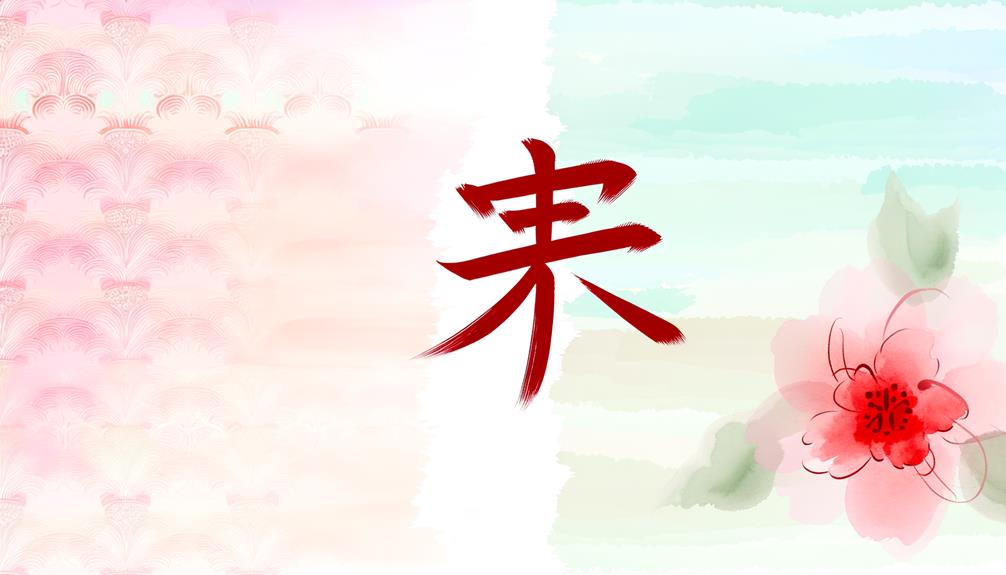
While delving into the visual design of the Chinese symbol for 'Best Friends Forever,' one must appreciate the intricate brush strokes and balanced composition that reflect the harmony and depth of such a cherished relationship.
The calligraphy often employs flowing lines, symbolizing the enduring connection between friends. Each stroke is meticulously crafted, embodying both strength and elegance.
The symmetrical nature of the characters signifies balance, a core tenet in Chinese aesthetics. This equilibrium is not merely artistic but also symbolic of mutual respect and equality in friendship.
The choice of ink and paper, traditionally handcrafted, adds layers of cultural authenticity, making the visual design not just a form of expression, but a profound statement of lasting companionship.
Cultural Significance
Understanding the cultural significance of the Chinese symbol for 'Best Friends Forever' necessitates an exploration into its historical roots and the broader societal values it encapsulates.
Historically, Chinese culture places immense value on interpersonal relationships, as evidenced by Confucian principles emphasizing loyalty and mutual respect among friends. The symbol serves not merely as a linguistic construct but as a cultural artifact that reflects these deeply ingrained values. It represents the enduring, almost sacred, bonds of friendship that transcend ordinary social connections.
Ethnographic insights reveal that such symbols are often used in rites of passage, gifts, and personal adornment, signifying an eternal commitment to maintaining these relationships. Therefore, the symbol encapsulates a profound cultural ethos of lifelong camaraderie and trust.
Usage in Art
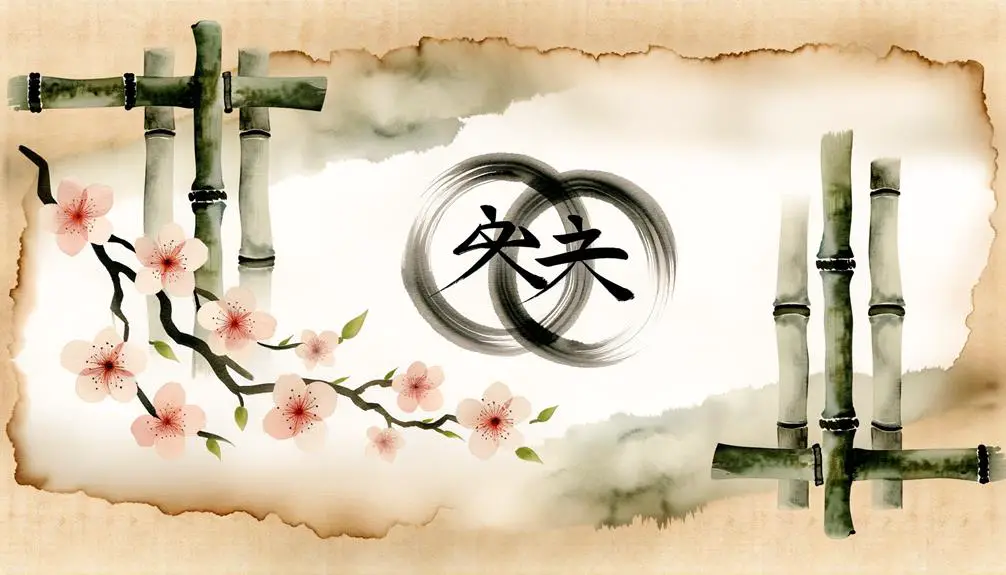
Artists have long incorporated the Chinese symbol for 'Best Friends Forever' into various mediums, utilizing its profound cultural resonance to convey themes of loyalty and enduring friendship. In traditional Chinese paintings, calligraphers often embed this symbol within intricate brush strokes, marrying visual beauty with deep emotional significance.
Sculptors carve it into jade or ivory, materials revered for their durability, symbolizing the lasting nature of true friendship. Contemporary visual artists employ the symbol in mixed media, merging ancient script with modern aesthetics to bridge historical and contemporary cultural narratives.
Through an ethnographic lens, these artistic expressions underscore a collective societal value, where the symbol transcends language barriers and encapsulates a universal longing for enduring human connections.
Modern Interpretations
Building upon the rich tapestry of traditional artistic expressions, modern interpretations of the Chinese symbol for 'Best Friends Forever' continue to capture its timeless essence while adapting to contemporary cultural landscapes.
Today's renditions often incorporate minimalist design elements, integrating the symbol into jewelry, digital art, and fashion, thereby making it accessible to a global audience. The rise of social media has further facilitated its dissemination, transforming it into an emblem of cross-cultural friendship.
Ethnographic studies reveal that younger generations, particularly in urban areas, embrace this symbol as a means of expressing deep, enduring connections in an increasingly interconnected world. This evolution reflects a seamless blend of age-old symbolism with modern aesthetics, underscoring the enduring relevance of these cultural artifacts.
Conclusion
To sum up, the Chinese symbol for 'best friends forever' serves as a cultural tapestry, intricately woven with historical significance, symbolic meaning, and visual elegance.
Its usage in art and modern interpretations underscores its timeless resonance, much like a thread connecting past and present.
This emblem embodies the enduring nature of friendship within Chinese culture, offering a profound lens through which to understand the intricate interplay of tradition and contemporary values.

